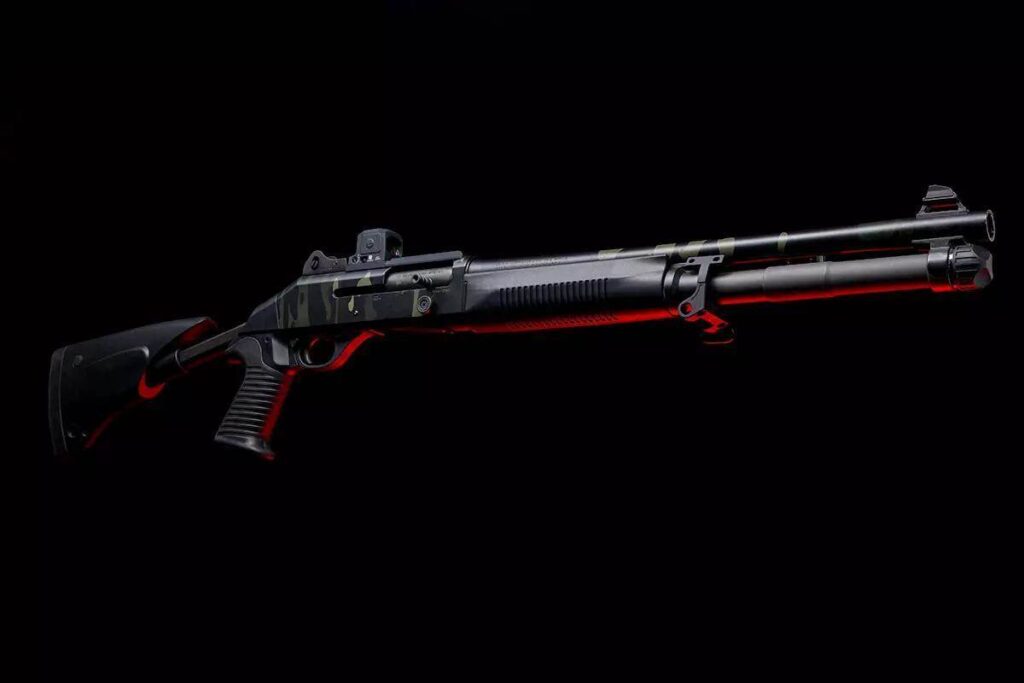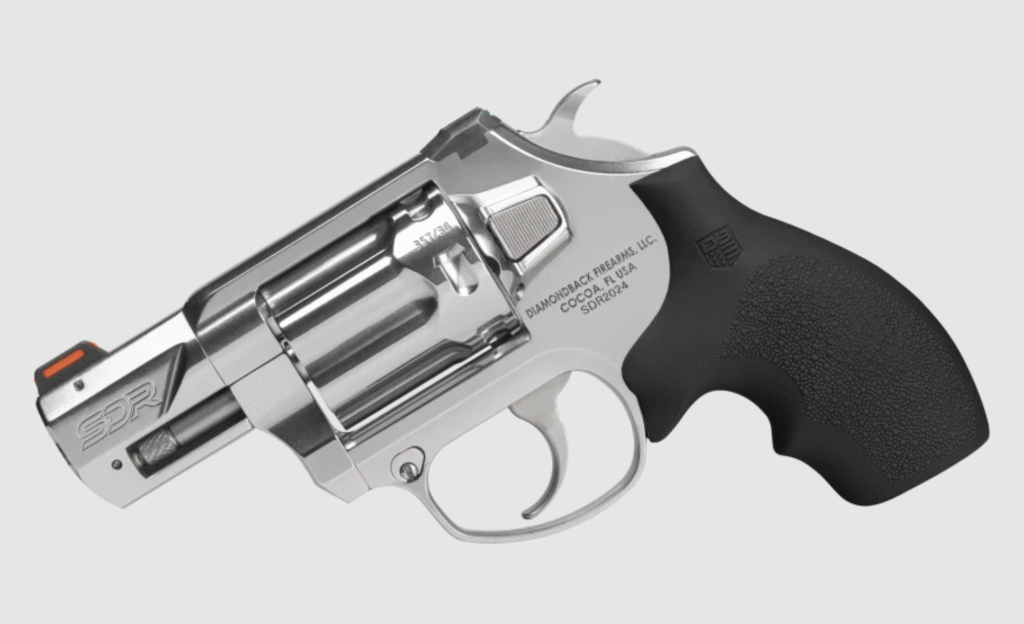“Never again” is a phrase I don’t think anyone but a Jew would truly understand. Uziel Gal understood it as he fled from Germany as the Nazis rose to power. After the state of Israel was established, he quickly took to making the phrase a reality. “Never again” means nothing without the ass to back it up. Uziel Gal became an arms designer for the state of Israel, and if you cannot tell by his name or the title of this article, he invented the Uzi submachine gun.
Interestingly enough, Uziel didn’t want his name attached to the weapon, but the request was denied. Speculation can come up with a half dozen reasons why, but if I had to guess, it was a message—a message to the world in the form of a gun.
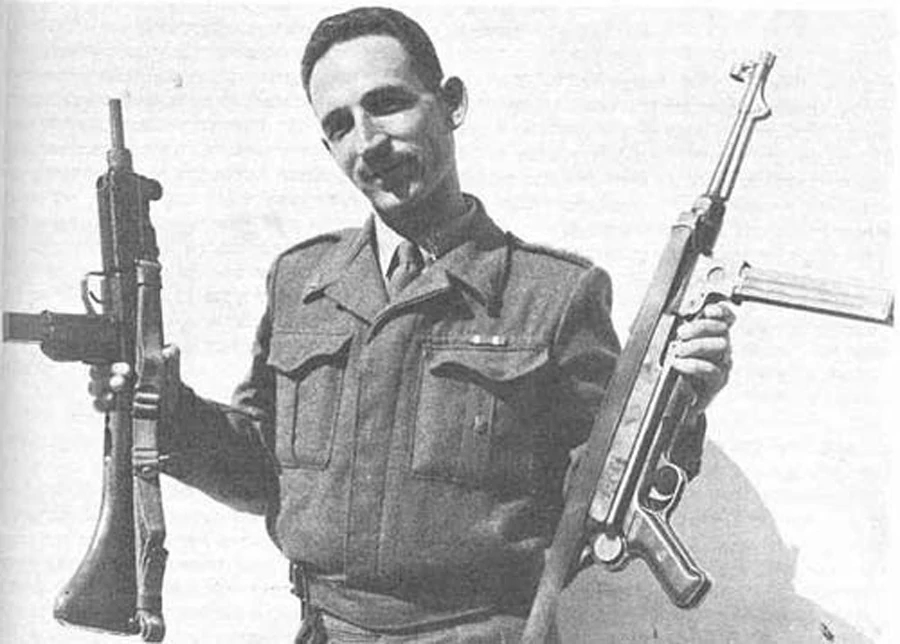
Advertisement — Continue Reading Below
Israeli armed their police and military forces with a variety of rifles. Kalashnikovs, the M1 Garand, SKS rifles, FN FALs, and a miss-match of pistols, machine guns, and bolt action WW2 rifles populated their army. The Uzi showed that Israeli could not just create a submachine gun, but a damn fine submachine gun. Israel needed domestic arms development, and the Uzi proved they could do it.
The Uzi entered service in 1954 with Israeli forces and quickly made its way through the ranks. In the 1950s, submachine guns were still the hotness of military arms. World War 2 was fought by a combination of full-powered rifles, heavy machine guns, and submachine guns. The Uzi was as modern as it got in 1954.
Breaking down the Uzi
The Uzi was a product of its time. An open bolt 9mm SMG adorned with a 10.24-inch barrel was nothing new. However, Uziel did make a few unusual choices for the time. He built the magazine housing into the pistol grip because of the ethos, “hands find hands.” This space-saving design kept the gun short and maneuverable, while being intuitive to reload.
Advertisement — Continue Reading Below
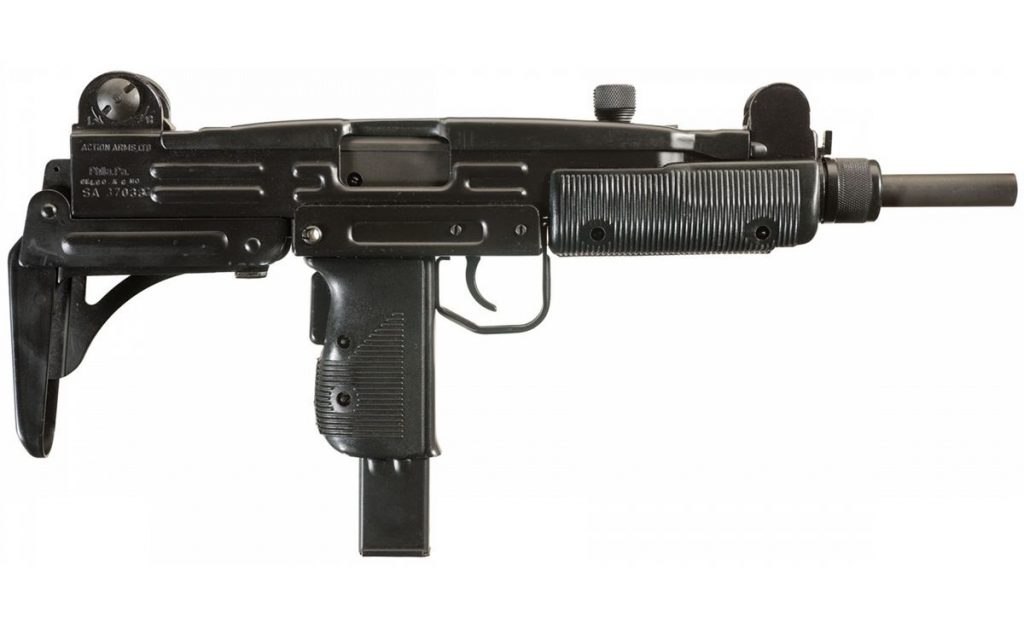
Like most SMGs at the time, the Uzi utilized a blowback design that uses the force from the first cartridge fired to cycle the weapon. Another unusual design choice was the telescoping bolt design. The bolt wraps around the breech end of the barrel. This allowed the gun to use a pistol grip magazine housing, slowed the cyclic rate, and better balances the weapon.
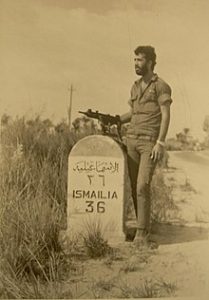
Advertisement — Continue Reading Below
Israel loves their safeties, and the Uzi features both a full-on grip safety and a manual safety that doubled as a selector switch and safety. Operators had the option of semi-auto, safe, and fully automatic.
Another smart design was the non-reciprocating charging handle. Since the charging handle sits on top of the weapon, it’s ambidextrous. The magazine release is a European-style paddle release at the bottom of the pistol grip, also ambidextrous.
The gun was made from stamped steel which simplified production and lowered the price of the Uzi. A low price and simple production was most certainly a necessity for the new state of Israel. The Uzi’s mass production was easy and allowed Israel to mass-produce to their requirements with a vengeance. Stocks included a bulky wooden option that’s comfortable and robust, as well as a compact folding design.
Advertisement — Continue Reading Below
Warfighters with Uzis
Israeli invaded Egypt in 1956 after Egypt blocked the Suez canal for Israeli trade and sponsored terror attacks across Israeli settlements. In 72 hours, 100,000 Israeli troops answered the call, some armed with a mish-mash of rifles and others wielding the new Uzi submachine gun.
These early Uzis were adorned with wood stocks and, during the siege of the Sinai peninsula, apparently did rather well. No major complaints or changes were made to a weapon after the Sinai war.
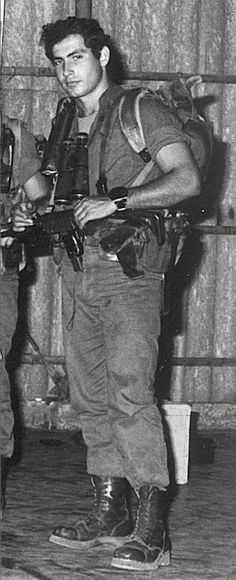
Advertisement — Continue Reading Below
In 1967 the Six-Day War erupted with Israel launching a preemptive strike into Egypt, Syria, and Jordan. The Israeli soldiers moved and fought with ferocity; again, the Uzi found its way to war. At the same time, rifles like the FAL were the main armaments, special operations, tankers, artillerymen, radiomen, and more carried the Uzi to war. Again the weapon serves the Israelis well as they conquered the Sinai peninsula, the Gaza strip, and the West Bank.
In the fighting, the Uzi was invaluable for clearing out bunkers and machine-gun nests where the fighting was tight and difficult with full-sized battle rifles. Yet, war was changing, and the World War 2 era SMG tactics were fading away in the light of faster firing, long-range rifles.
In 1973 the Uzi found itself fighting once more in the Yom Kippur war. Egypt and Syria launched a surprise attack on October 6th. Three weeks of brutal fighting began, and the Israelis pushed the Egyptians and Syrians back; again, the Uzi performed admirably but began showing its age in modern warfare.
Advertisement — Continue Reading Below
Modern Warfare and Counter-Terrorism
The Uzi began aging out of traditional warfare but found a spot in counter-terrorism teams. Israel was beset with terrorist activity. In 1976 terrorists hijacked an Air France passenger plane. The plane diverted to Entebbe, and slowly all hostages were released, except for the 94 Israeli passengers and Air France crew.

Israel would not let this stand and attempted to resolve the crisis diplomatically with the mad man Idi Amin. However, negotiations fell apart. No one saw what was coming next. Israel began an offensive plan, and on July 3rd, 100 Israeli commandos launched an organized attack. The Israelis disguised themselves as Ugandan soldiers and even had a mocked-up limousine to resemble Idi Amin’s own personal ride.
Advertisement — Continue Reading Below
The commandos were armed with a variety of weapons, including the now famed Uzi submachine gun. The hostage rescue operation saw the death of three hostages and the elimination of 100% of the terrorists. Israel also destroyed dozens of jets to allow for Israeli planes to land and ferry the hostages to safety.

The message was very clear, “Never Again,” and the Uzi punctuated it.
Advertisement — Continue Reading Below
The SMG For All
The Uzi was phased out of frontline service in 1980 but hung around for quite some time in reserve forces, counter-terrorism operations, police, and security forces. More so than that, Israeli sold over 2 billion dollars in Uzis around the world.
The Germans, the Dutch, the Irish, and even certain forces in the United States adopted the Uzi. In the 1980s, the Secret Service adopted the Uzi, and we saw Special Agent Robert Wanko draw an Uzi from a briefcase during the Regan assassination attempt.
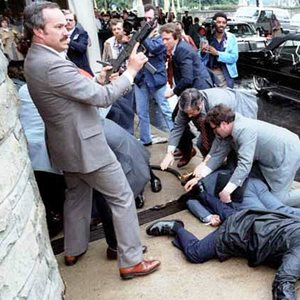
The Uzi and its variants eventually armed over 90 country’s police and military forces. The Uzi was the most produced submachine gun in the world between 1960 and 1980. To this day, variants of the Uzis still serve in numerous countries as a mainline submachine gun.
My Uzi Weighs A Ton
The Uzi has become a household name in the firearms world. It’s joined the AK47, the Glock, and MP5 as a gun everyone knows, and everyone recognizes. There are lots of ways the Uzi gained its fame. First, its widespread use in over 90 countries certainly contributed to the gun’s fame.
The picture of Special Agent Wanko became published from sea to sea due to its dramatic nature and the fact a U.S. President was targeted.
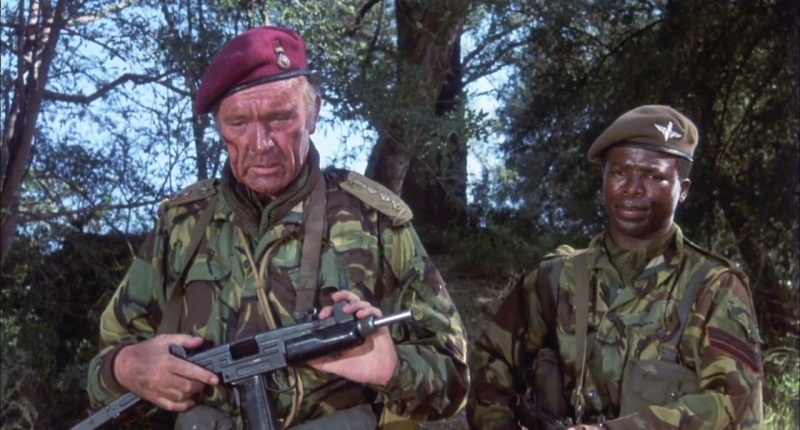
The Uzi also had a name that rolled off the tongue. Uziel Gal may not have wanted his name on the gun, but it’s fame in pop culture has a lot to do with its name. It’s short, sweet, and isn’t filled with a combination of letters and numbers. It’s a word, much like MAC and TEC are words.
Public Enemy proclaimed their Uzi weighs a ton because it was easy to say and rhyme. “My M3 Grease Gun weighs a ton” doesn’t have the same rhyme to it. We saw the Uzi become a popular bad guy gun and is named check-in popular 90s film, New Jack City.

While the general populace may have thought the Uzi was a criminal’s firearm, it rarely, if ever, showed up in crime. I couldn’t find a single case of an Uzi used in a crime.
….To an Uzi (uff) everything looks like a watermelon….
The Family
Submachine guns have gotten smaller as their role in conventional operations shrunk. It’s almost as if their use in counter-terrorism ops shrunk the SMG designs. The big Uzi is no different. The weapon engineers in Israel made the Uzi two little brothers.
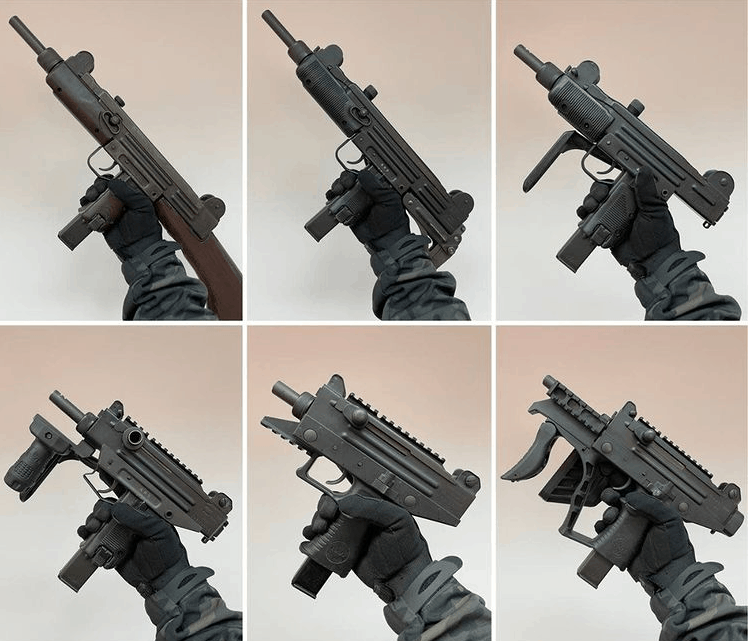
The Mini Uzi
In 1980 we saw the birth of the Mini Uzi. This little fella wears a 7.76-inch barrel and has a total length of 14.17 inches with the wire stock folded. That stock doubled as a foregrip when placed in the closed position. The Mini Uzi cuts a few pounds off the gun and increases the fire rate.
The Micro Uzi
In 1986 the baby of the Uzi family was born. The Micro Uzi got its barrel trimmed to 4.6 inches and became a gun that walks the line between machine pistol and SMG. This tiny guy has a firing rate of 1,200 rounds per minute. It’s quite hard to control without its stock. Unlike the other Uzi, this little fella operates on a closed bolt.
The Modern Uzi
In 2010 a new Uzi hit the scene. The Uzi Pro was born, and we saw a modernized Micro Uzi. The modernized variant features a much more ergonomic pistol grip, rails for optics and lights, as well a left-side charging handle. The Pro comes as both a proper submachine gun variant and a pistol variant for civilian ownership.
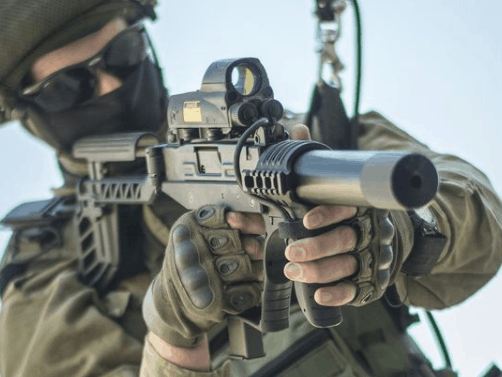
Uzi Money
Two billion in sales, adoption by over 90 countries, and starring roles in films and music have made the Uzi one of the most popular firearms ever created. Its service in the Israeli military and in numerous warzones proves the Uzi deserves its famed reputation. As the world marches further from submachine guns, the Uzi still remains a cultural icon.


